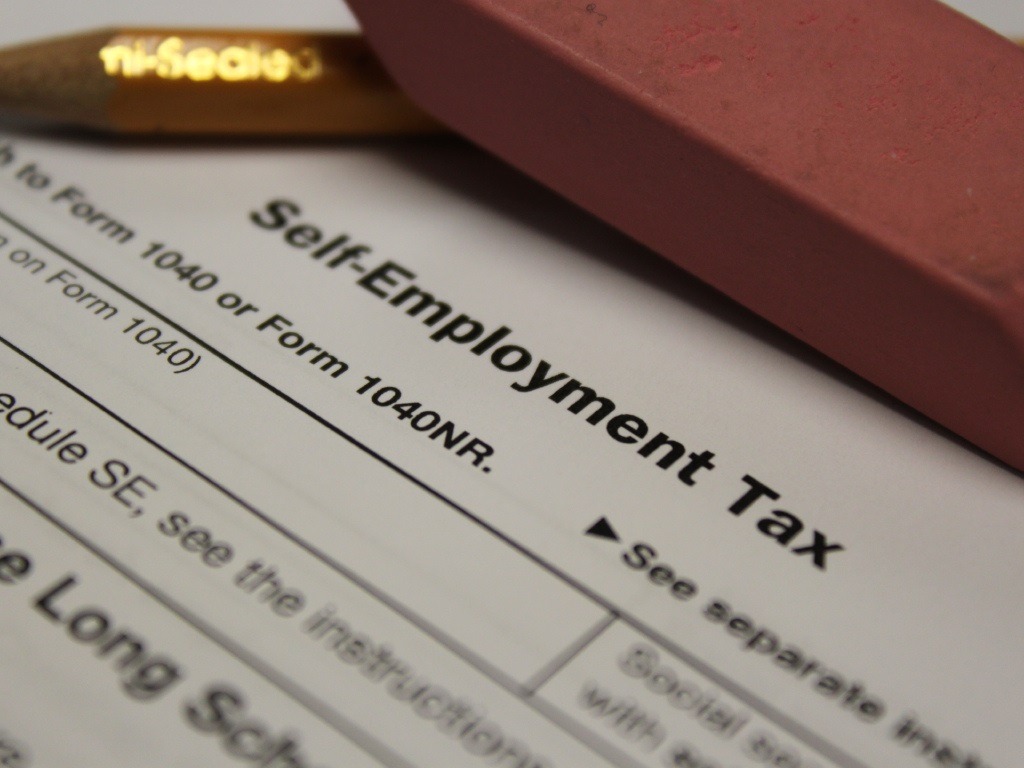
June 16, 2015; Fortune and the Wall Street Journal
NPQ recently published an article on the growing pains of the freelance workforce. The projected increase in this segment of the economy is enormous. As nonprofits, in fact, many of us likely already contract with independent contractors—accountants, designers, event planners, IT consultants, etc. It is one way to contain costs, but as the trend becomes epic, is there a line that should not be crossed, and where is it? What are the fair labor practices we need to be more aware of with time?
In every sector of the American economy, businesses’ labor costs are of great interest, and many organizations see great promise in shifting their work force from employees to independent contractors, from full-time to part-time workers, from permanent to temporary employment. Although now engaged in legal battles about the independent or dependent status of its workforce, Uber, the ride-sharing company, has become the poster child for the “sharing economy,” and their success has driven their thinking forward into new parts of our economy. And retail giant Amazon is now traveling the same road.
The Wall Street Journal’s Greg Bensinger recently reported on Amazon’s interest in shifting at least some of its package delivery business from traditional carriers like FedEx and UPS to a force of “regular people.” Bensinger noted that “Last year, Amazon’s shipping costs jumped by $2.07 billion to $8.7 billion, or 9.8 [percent] of sales, compared with 8.9 [percent] the year prior,” providing a large incentive for Amazon to find a cheaper way to get its good from warehouse to purchaser. With the name “On My Way,” the proposed new service would hire retailers in urban areas to store packages and pay regular people a small fee to make deliveries. Presumably, customers could pick up their own package and then grab other parcels to deliver to others at their convenience.
Sounds like a win-win for company and worker and a practice that nonprofits should begin to consider, but is it really? Do “jobs” created in the “sharing economy” replace traditional jobs? And if they do, does this result in fewer and fewer people earning less and less? Is the “sharing economy” just another sign of the widening chasm separating the wealthy from the poor?
Jonathon Hall, Head of Policy Research at Uber Technology, and Alan Krueger, Bendheim Professor of Economics and Public Affairs at Princeton University, using data provided by Uber, found more benefit than harm as a result of Uber’s growth in the marketplace. Published in January, 2015, their analysis, “An Analysis of the Labor Market for Uber’s Driver-Partners in the United States,” showed that “although it is difficult to compare the after-tax net hourly earnings of Uber’s driver-partners and taxi drivers and chauffeurs taking account of all costs, it appears that Uber driver-partners earn at least as much as taxi drivers and chauffeurs, and in many cases more than taxi drivers and chauffeurs.”
Sign up for our free newsletters
Subscribe to NPQ's newsletters to have our top stories delivered directly to your inbox.
By signing up, you agree to our privacy policy and terms of use, and to receive messages from NPQ and our partners.
But, speaking to the New York Times, Robert Reich, an economist at the University of California – Berkeley who was the secretary of labor during the Clinton administration said, “I think its nonsense, utter nonsense. This on-demand economy means a work life that is unpredictable, doesn’t pay very well and is terribly insecure.” After interviewing many workers in the on-demand world, Dr. Reich said he has concluded that “most would much rather have good, well-paying, regular jobs.”
At the basic level of demand for human services, a growing sharing economy would be of great benefit, as it provides a new employment model that allows for new ways to increase household income. But if the sharing economy increases the number of the Americans whose incomes are smaller and less certain and whose benefits and social supports are curtailed, the demand for service and support will increase. Even if relative incomes are not affected by the changing nature of work, the added burden of managing life as an independent worker responsible for continuously finding and scheduling the next job may require new services and supports for organizations who have seen employment as their focus.
At an organizational level, nonprofits will be challenged by their own need to lower costs to consider shifting some of their own work forces from traditional employees to more Uber-like contractors. The hurdles to this shift are high. In looking at Amazon’s interest in changing its delivery service, Fortune identified that Amazon recognizes that to change the basis for its delivery service, it will need to create new “accountability safeguards to prevent theft, damage, or carelessness (and) find ways to protect customer privacy and, most importantly, vet potential carriers for criminal records.”
But for nonprofits, a more primary question is how to create reciprocal accountability between a partially disconnected labor force and the institutions that employ it. This is not only an issue for the way we run organizations, but it should also be recognized as a major social issue we need to get ahead of to protect the rights of workers—those so-called “regular people.”
In our previous article, we discussed the unions that are springing up to represent worker needs, but are they the answer? We would love to hear from readers thinking about the future of this issue.—Marty Levine












